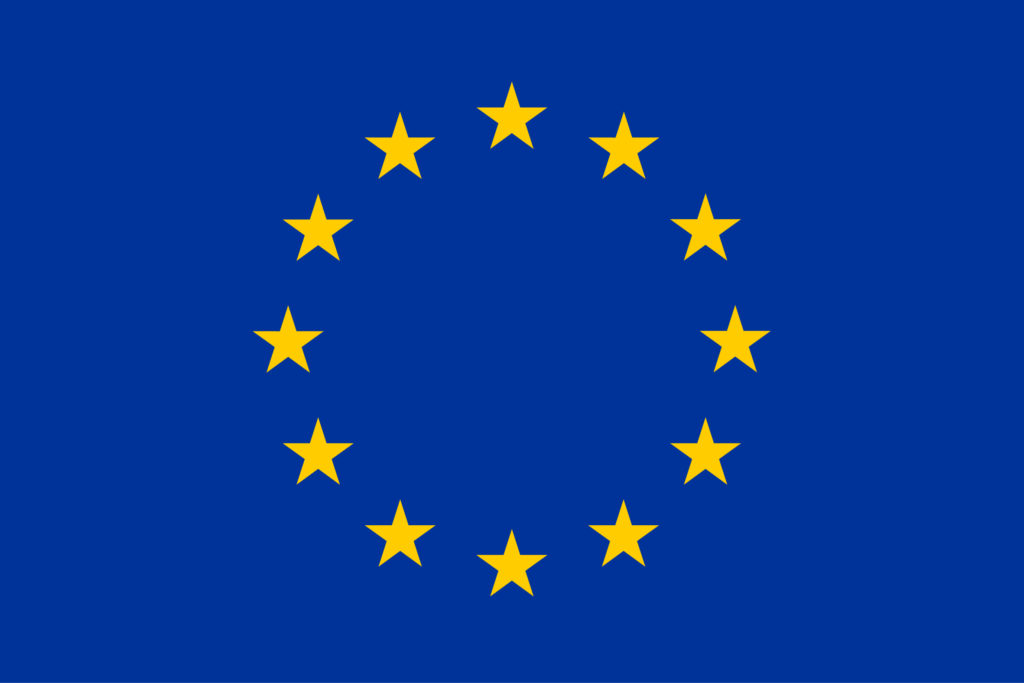CIMPA concludes showcasing its innovative findings
On 20 November, the EU-funded H2020 CIMPA project concluded its 3.5-year journey with a final event
On 20 November, the EU-funded H2020 CIMPA project concluded its 3.5-year journey with a final event
This final event will showcase the key findings of the CIMPA project, along with clustering initiatives
Join us at the Plastic World Expo in Brussels, taking place on 11-12 September. CIMPA will
Join us for the Horizon 2020 CIMPA Project's "Symbiotic Innovations Workshop" in Berlin!
CIMPA's first results, achievements and remaining challenges... these are some of the topics discussed during this
CIMPA will develop the first recycling valuation chain for multilayer films retaining up based on a
CIMPA- A CIrcular Multilayer Plastic Approach for value retention of end-of-life multilayer films- is a EU funded, H2020 project, that will develop a recycling value chain for post-industrial and post-consumer multilayer films (from food and agricultural applications).
Through this three-year-long project, 13 partners from 5 countries, covering the whole value chain of the sorting, separation, recycling and manufacturing of multilayers materials, will work together to find innovative solutions that will turn this waste stream into a fully circular model.
CIMPA will develop the first recycling value chain for post-industrial and post-consumer multilayer films, contributing to a circular economy in which plastics never go to waste.
CIMPA will develop a recycling value chain for post-industrial and post-consumer multilayer films (from food and agricultural applications) to retain 12 up to 72% of their value yield based on a synergetic approach combining:
i. innovative compositional sorting (combining Near InfraRed NIR- and digital watermarking sorting),
ii. mechanical and physical (dissolution) recycling,
iii. decontamination processes (advanced scCO2-based decontamination),
iv. upgrading (properties tuning) solutions.

This project has received funding from the European Union’s Horizon 2020 research and innovation programme under grant agreement N°101003864. This website reflects the views only of the authors, and the Commission cannot be held responsible for any use which may be made of the information contained therein.